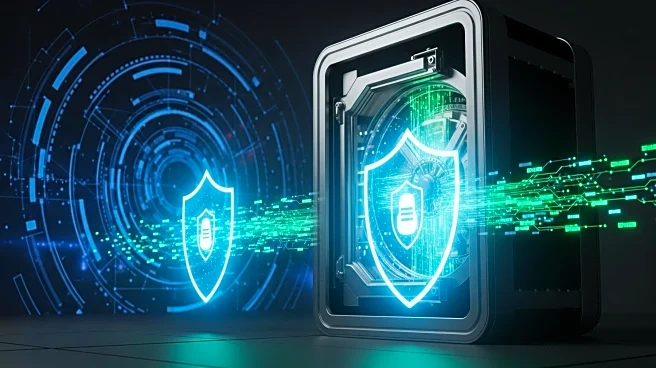What's Happening?
Researchers have developed a dynamic image encryption scheme using 2-D cellular automata and chaotic logistic maps. This method processes RGB images to create encrypted versions with improved security features, including resistance to statistical attacks
and noise interference. The encryption framework demonstrates high computational efficiency and robustness, making it suitable for real-time applications. The scheme's effectiveness is validated through various tests, including histogram analysis, correlation coefficient evaluation, and entropy measurement, ensuring strong protection against cryptographic attacks.
Why It's Important?
The advancement in image encryption technology is crucial for enhancing data security in digital communications. As cyber threats become more sophisticated, robust encryption methods are essential to protect sensitive information from unauthorized access. This scheme offers a promising solution for secure image transmission, particularly in environments with limited computational resources. It contributes to the broader field of cybersecurity, providing tools to safeguard digital assets and maintain privacy in an increasingly interconnected world.
What's Next?
Future developments may focus on optimizing the encryption scheme for larger datasets and integrating it with other security protocols. Researchers may explore applications in various industries, including finance, healthcare, and government, where data protection is paramount. Continuous improvement of encryption algorithms will be necessary to stay ahead of evolving cyber threats.
Beyond the Headlines
The ethical implications of encryption technology include balancing security with privacy concerns. As encryption methods become more advanced, discussions around data access and surveillance will continue to shape public policy and societal norms.













